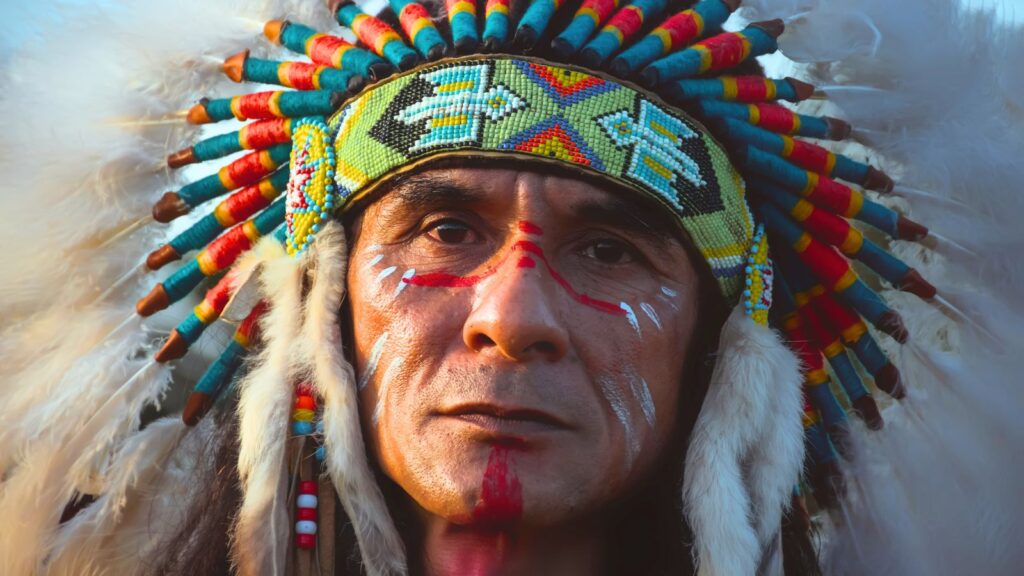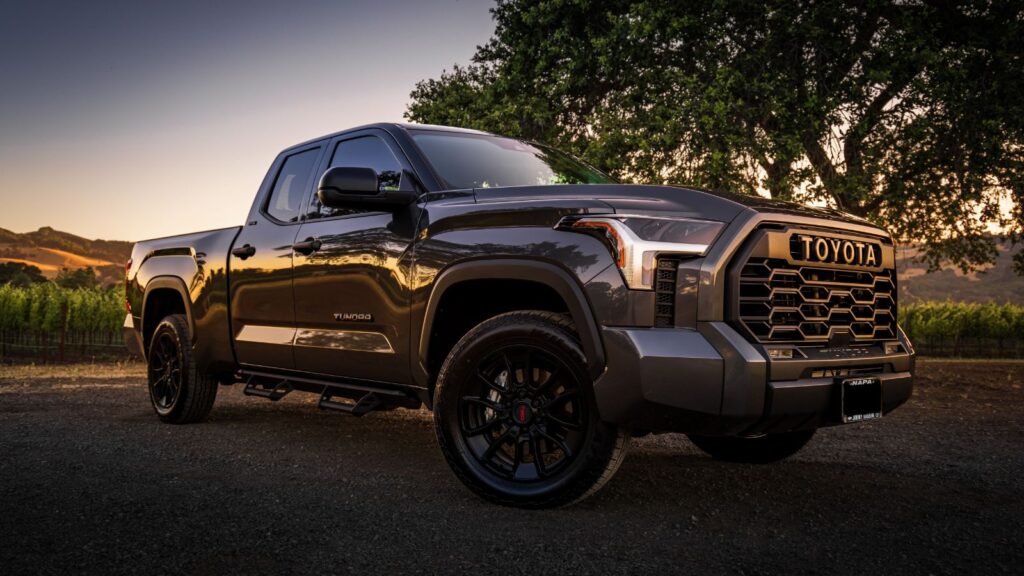We’re all guilty of stereotyping from time to time, but when these assumptions are ungrounded, it can lead to several issues for certain communities. Native Americans have long been misinterpreted as teepee-living, feather-donning characters akin to many of the movies we’ve seen them in. The truth is that they’re nothing like these representations, and live normal lives like the rest of us. Have a look at the following list and see if you find any surprises along the way. You might need to rethink those assumptions.
They Live on Reservations
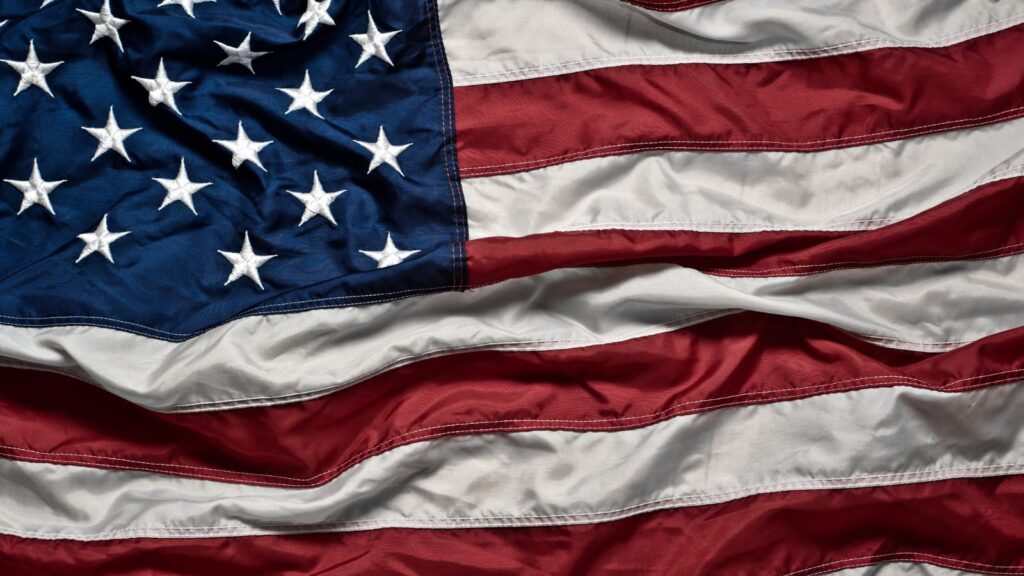
Many people think all Native Americans live on reservations, but the majority live in suburban areas and cities. While reservations are regarded as important cultural centers, Native Americans thrive in diverse environments across the country, just like the rest of us.
They Get Everything for Free

Contrary to popular belief, Native Americans don’t get free housing, healthcare, or education just because of their heritage. While some tribes may have specific benefits through treaties or tribal programs, these aren’t universal and to think otherwise is a gross misunderstanding.
All Tribes Are the Same
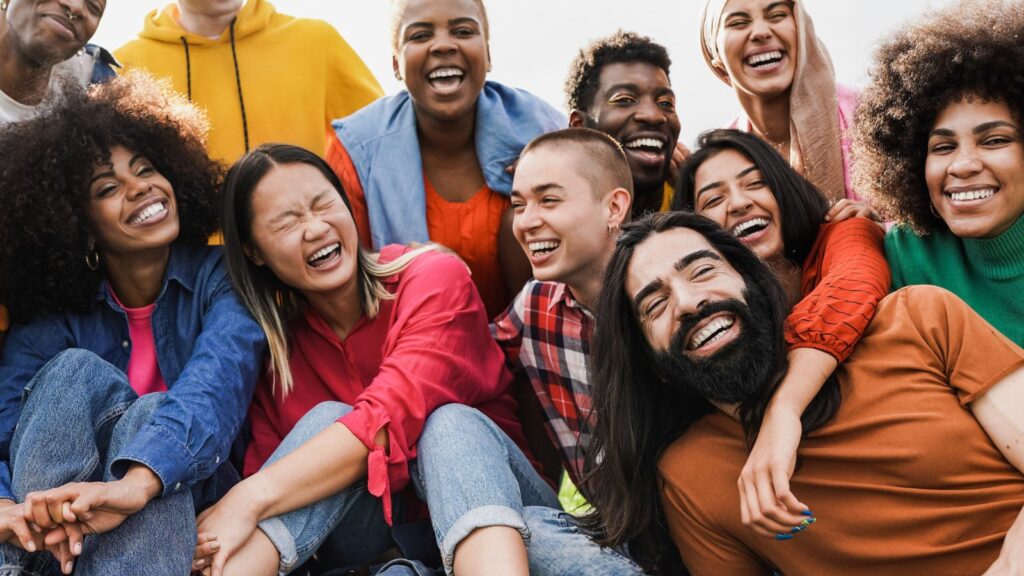
Would you believe that there are over 570 federally recognized tribes in the United States? Each of these tribes has its own unique culture, language, and traditions. Treating all Native Americans as a singular group diminishes the rich diversity within Native communities.
They Don’t Pay Taxes

Wrong. Native Americans pay federal income taxes just like everyone else. Some may be exempt from state taxes on income earned on reservations, but this is a specific situation and not relevant to all Native Americans.
They’re Like They Are in the Movies
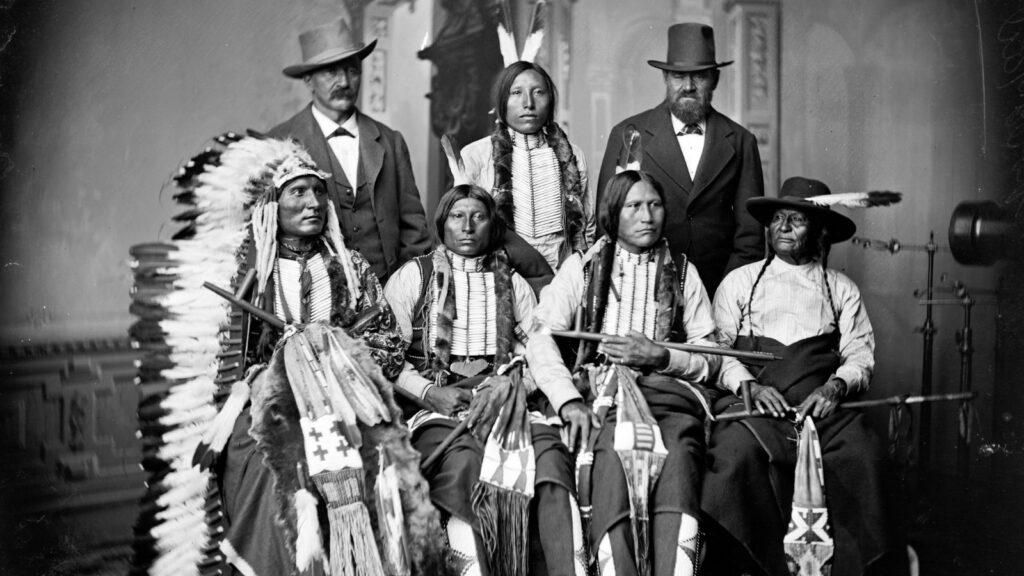
A lot of us picture Native Americans only in historical terms and the way they’re depicted in Western movies. By doing this, we’re overlooking their evolution to contemporary ways of living. Native Americans are leaders in fields like politics, arts, science, and business.
Feathers and Headdresses
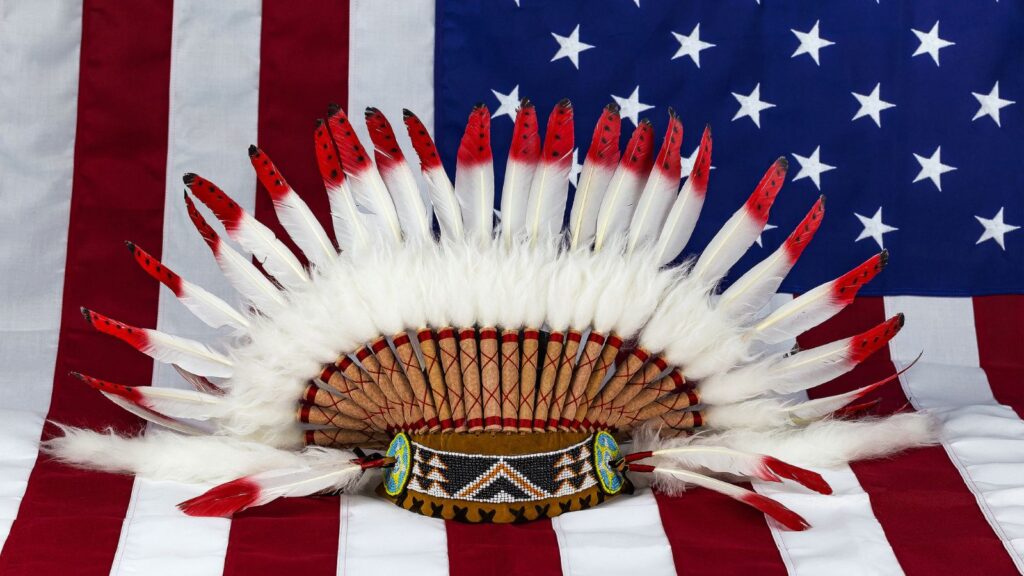
Believe it or not, not all Native American women look like Disney’s Pocahontas. The iconic feathered headdress is specific to certain Plains tribes and isn’t a universal symbol. Each tribe has its own regalia and ceremonial dress, often very different from the Hollywood stereotype. Sorry to disappoint.
Native Languages Are Extinct

While many Native languages are now endangered, there are constant efforts to revive and teach these languages. Programs and schools across the US are dedicated to preserving and revitalizing linguistic heritage.
Casino Riches
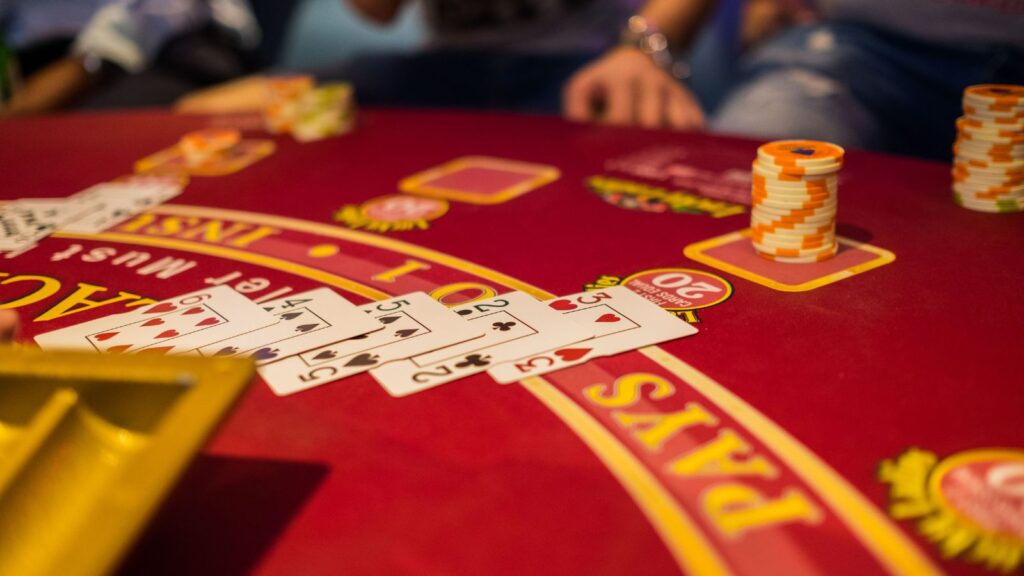
If you’ve seen Ozark, you’re no doubt believing that all Native Americans are wealthy casino owners. It isn’t true. While tribes do have rights to their land and can open casinos in states where gambling is explicitly banned, only a minority of tribes operate them, and not all of them are profitable.
They All Have the Same Religion
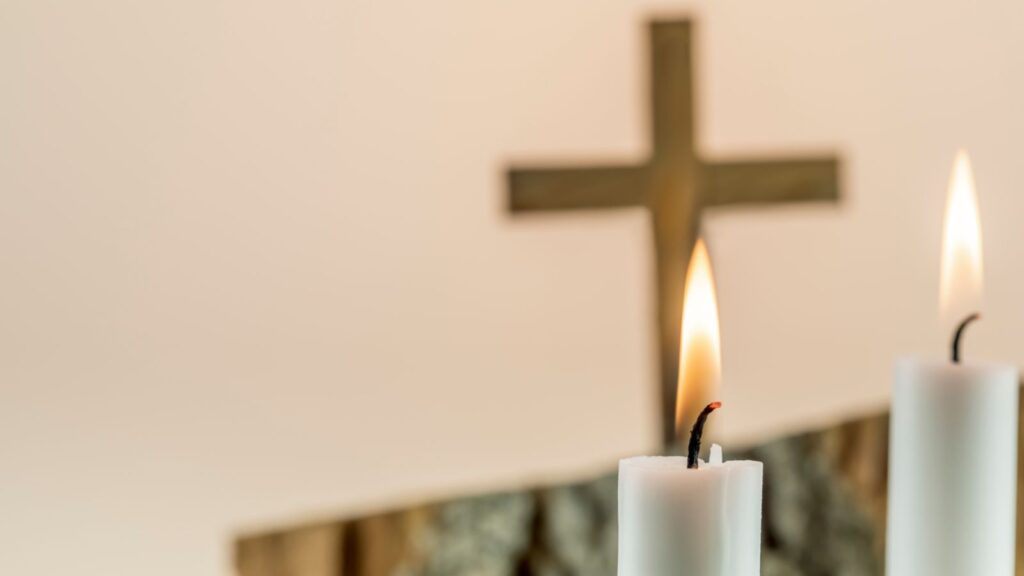
Native American spiritual beliefs are incredibly diverse. Each tribe has its traditions, ceremonies, and practices. Many Native people also integrate Christianity or other religions with their traditional beliefs.
Thanksgiving Allies
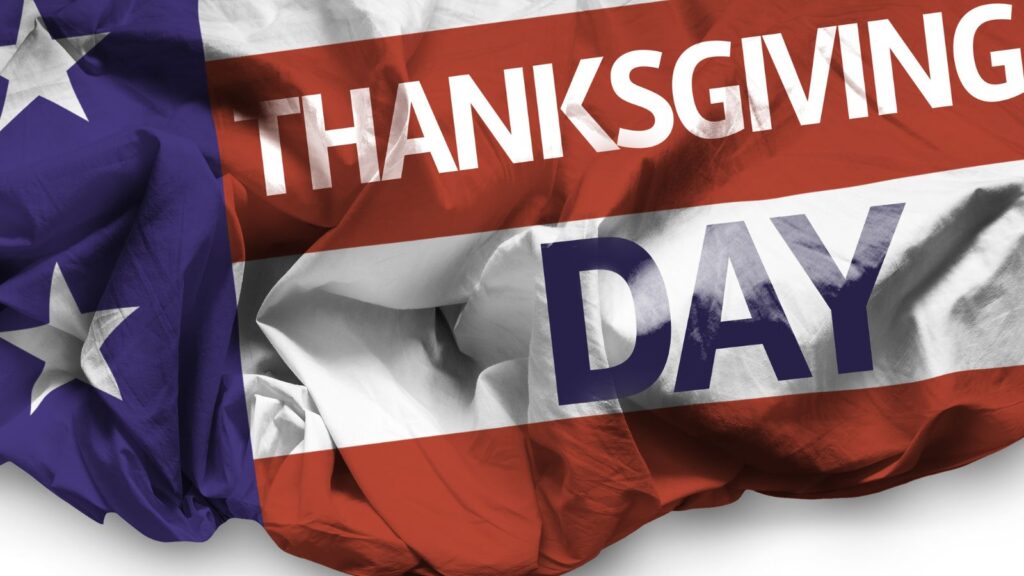
Many Americans believe that Native Americans celebrate Thanksgiving for their harmonious relations with the Pilgrims. It is a lot more complex than that, and it fails to capture the painful history of Native-European interactions where many of their ancestors lost their lives. The reality includes both cooperation and conflict with many choosing to use the day as a national holiday and choosing to mourn rather than celebrate.
Living in Tipis
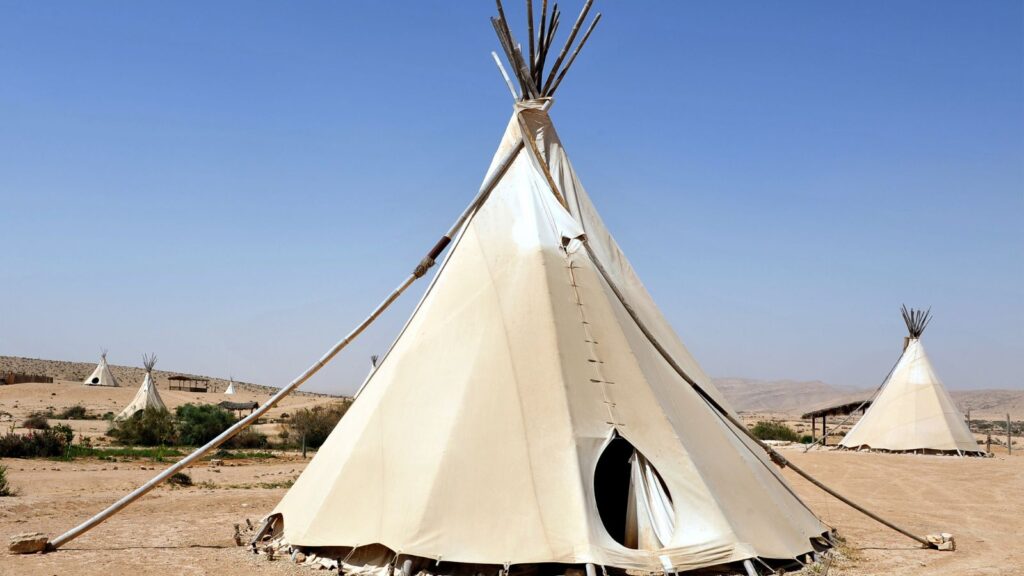
You might be shocked to hear this, but only a few tribes, such as those on the Plains, traditionally lived in tipis. Very few Native Americans or their ancestors have ever inhabited them. Other tribes had different types of homes like longhouses, pueblos, wigwams, and plank houses, each suited to their specific environments.
They All Have Dark Skin

They’re often depicted as having the traditional long, dark hair but there is a wide range of physical appearances among Native Americans. This diversity reflects the vast number of tribes and their distinct ancestries and histories. Would you be shocked to hear that they can even have blonde hair?
They’re Victims
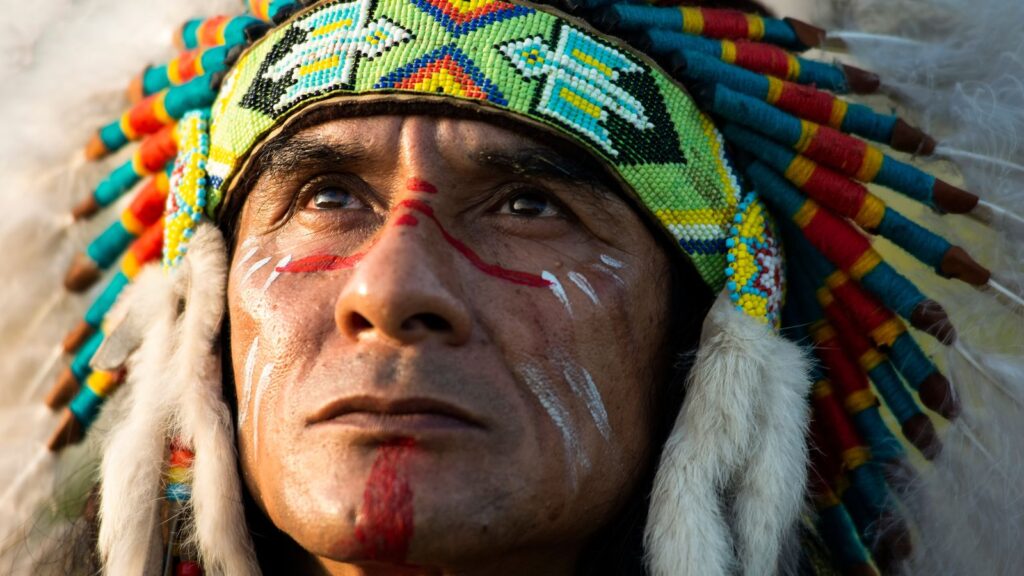
Historical trauma is a significant part of Native history and that can’t be denied, but focusing solely on victimhood overlooks the resilience and strength of Native communities. Native Americans continue to thrive, innovate, and lead in various fields.
Powwows Are Just for Tourists
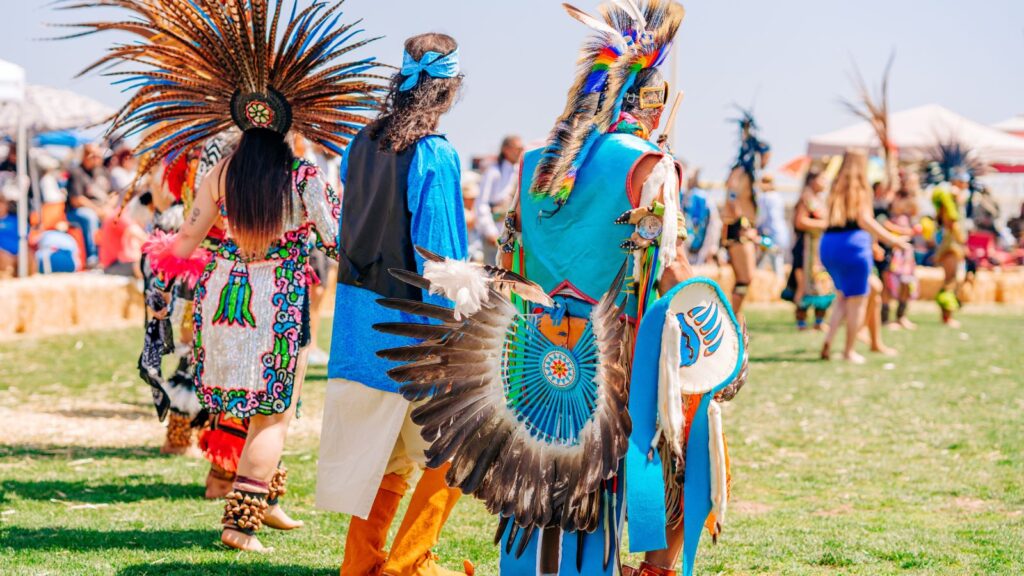
Powwows are vibrant cultural gatherings that serve as important social, spiritual, and cultural events for Native communities. Visitors are always welcome, but these events are deeply meaningful to certain cultures and not just tourist attractions.
Warriors and Princesses
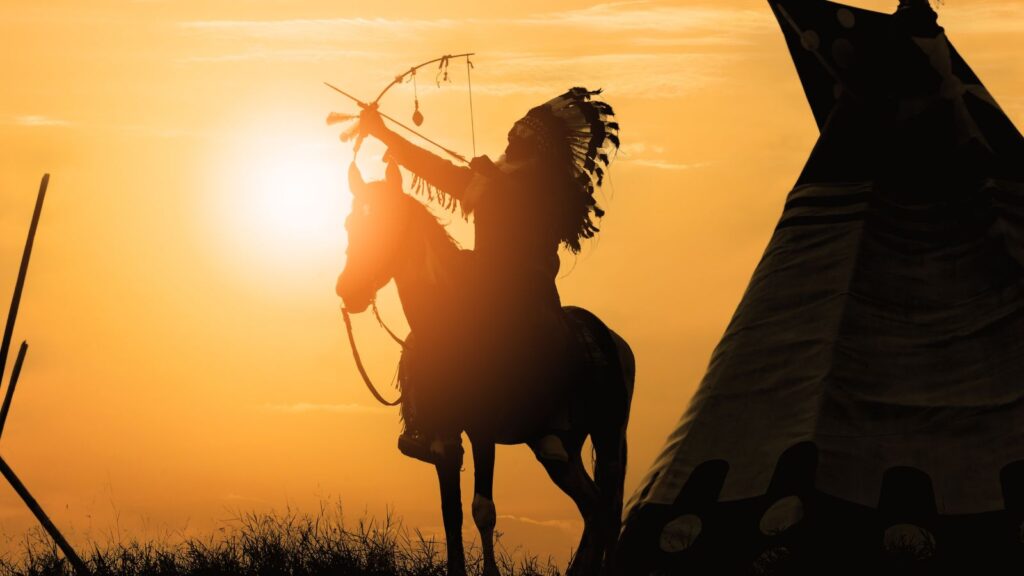
The stereotypes of the noble warrior and Indian princess are often seen in movies, but they’re oversimplified and can be damaging. They ignore the diverse roles and identities within Native societies, including those of women, elders, and LGBTQ+ individuals.
They Aren’t Modern

Native Americans are tech-savvy and embrace modern technology while maintaining cultural traditions. From social media to cutting-edge science, Native communities are active and innovative in the contemporary world. They share the same contemporary ways as the rest of us.
They’re Alcoholics
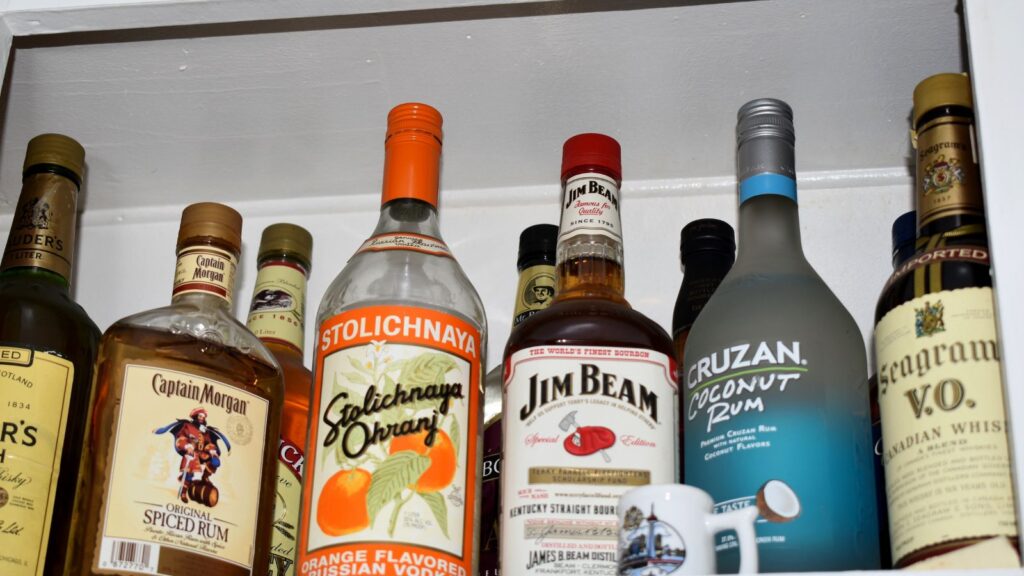
It’s an incorrect stereotype that Native Americans are predisposed to alcoholism and one that is harmful and untrue. While alcohol abuse is a serious issue in some communities, it is important to address it as a complex problem rather than a cultural inevitability. Studies have shown that Native Americans have lower or comparable rates to white Americans.
They’re Absent From Pop Culture
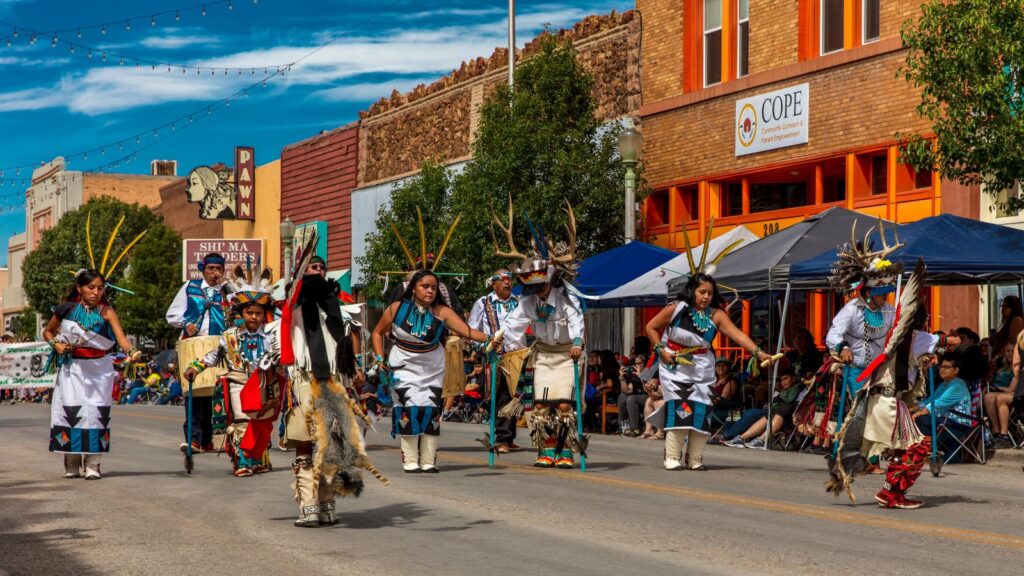
Sadly, Native Americans are often underrepresented or misrepresented in media and pop culture. Visibility and accurate portrayals are crucial for breaking down stereotypes and educating the public about real Native lives and stories.
19 Grim Realities of Dating After 50 That Are Often Overlooked
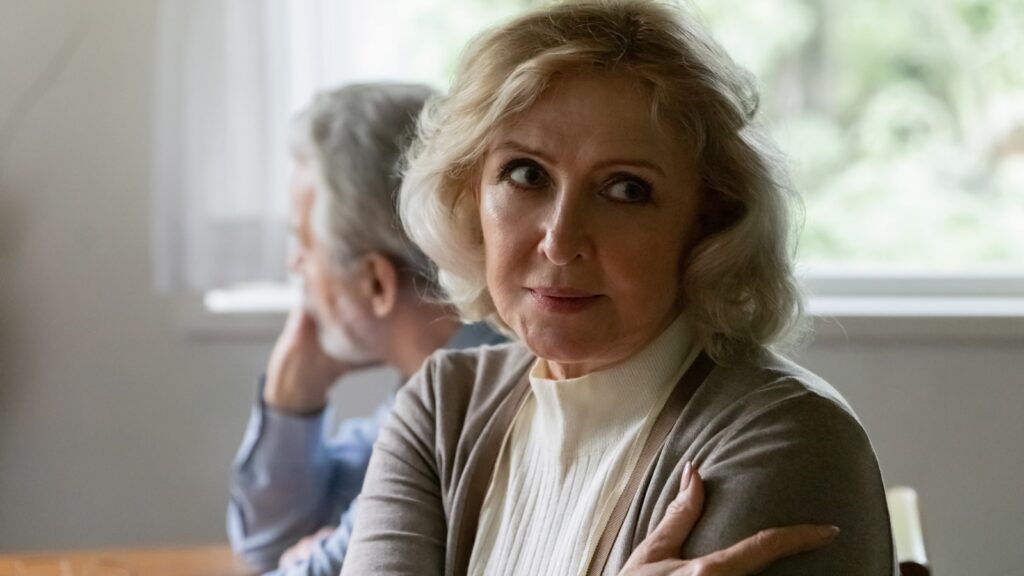
19 Grim Realities of Dating After 50 That Are Often Overlooked
26 Things That Will Be Extinct Because Millennials Refuse to Buy Them
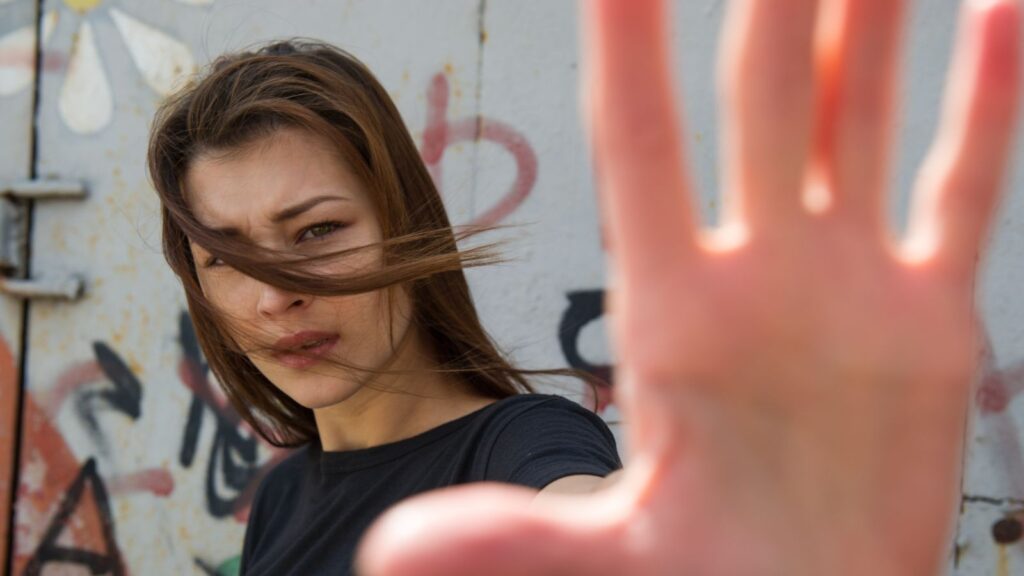
26 Things That Will Be Extinct Because Millennials Refuse to Buy Them
24 Outdated Slang Terms You Absolutely Shouldn’t Be Using Anymore
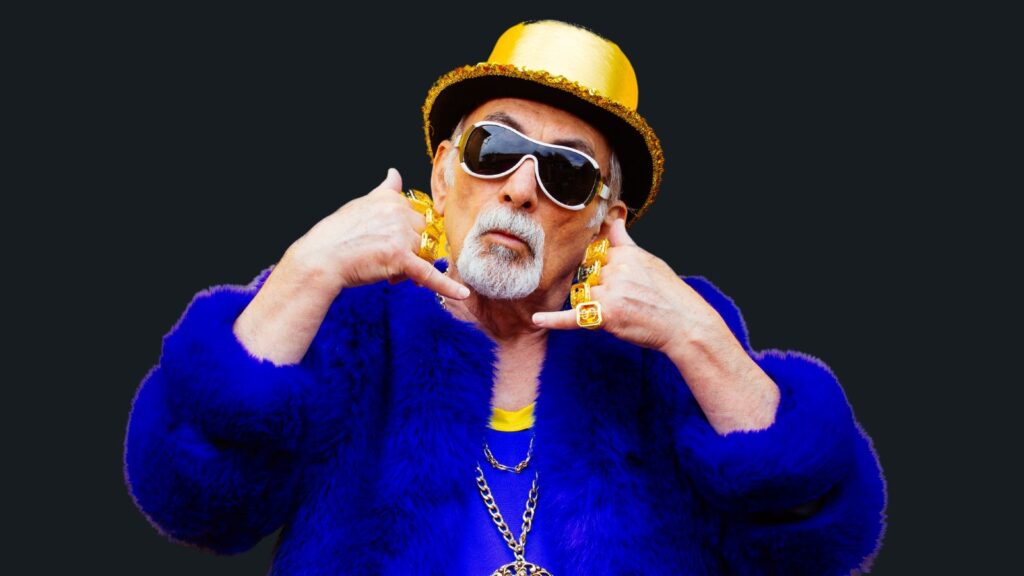
24 Outdated Slang Terms You Absolutely Shouldn’t Be Using Anymore
25 Hardest Parts About Getting Older That No One Ever Talks About
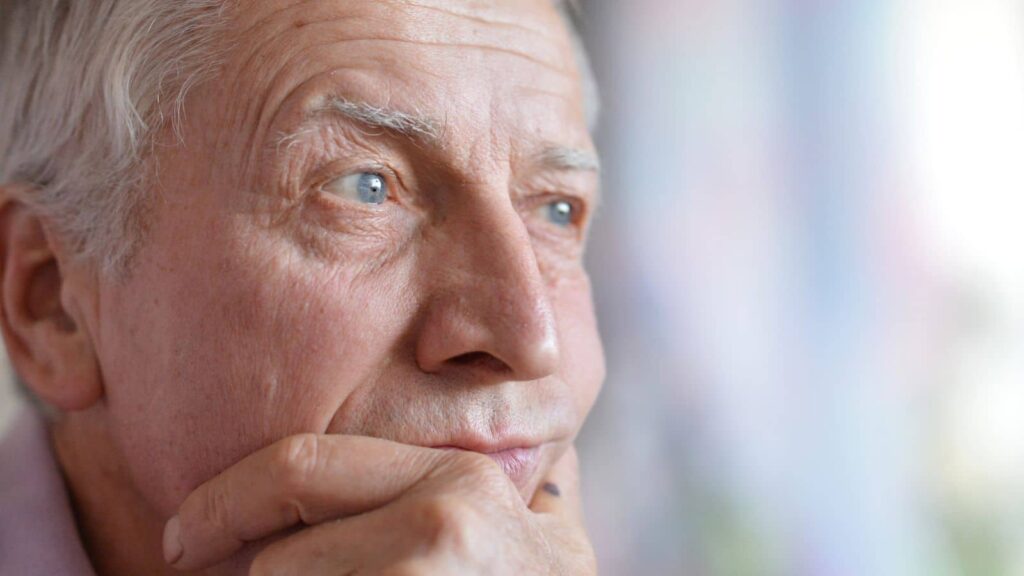
25 Hardest Parts About Getting Older That No One Ever Talks About

